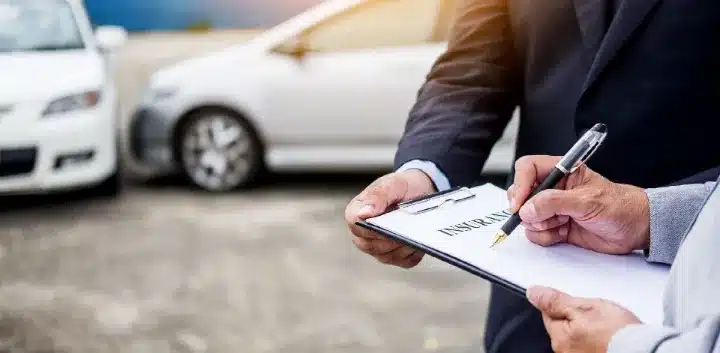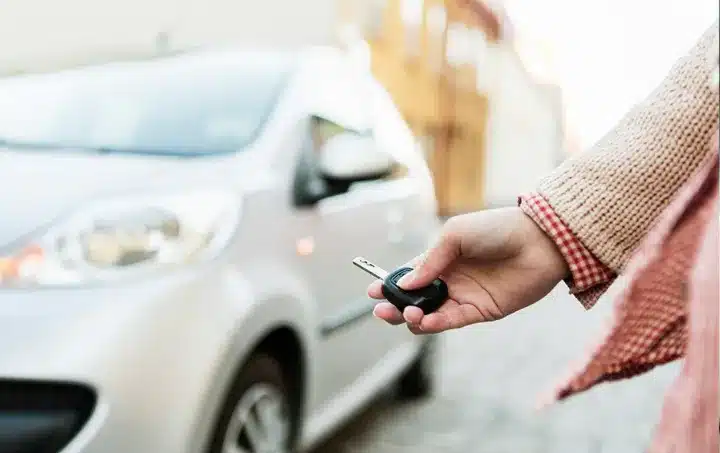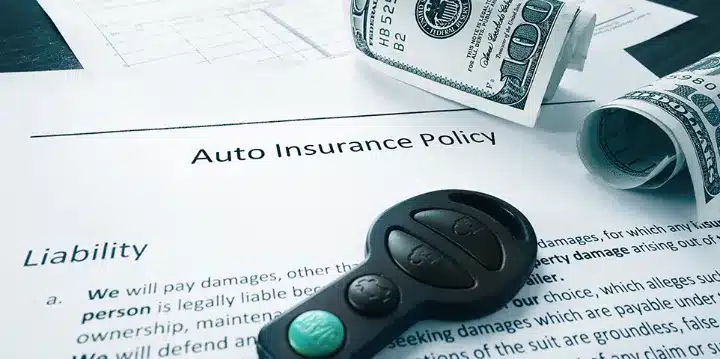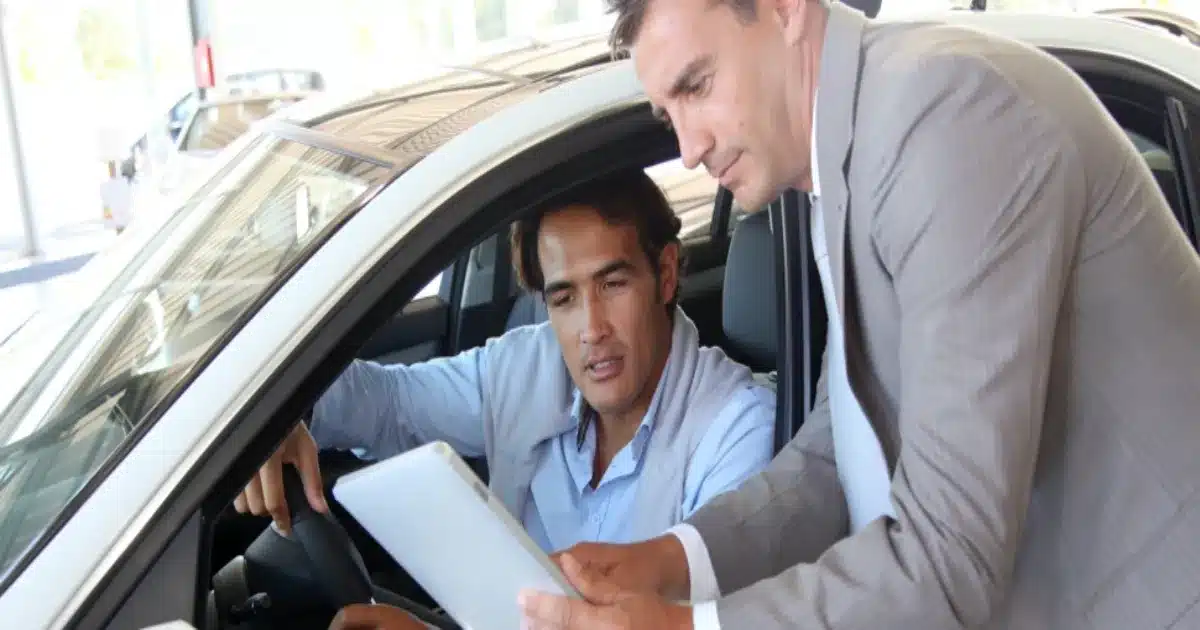Being involved in a car accident is incredibly stressful on its own, but being in an accident with someone else who doesn’t-have proper auto insurance coverage is an absolute mess. Fortunately, car owners in almost every state must carry minimum liability insurance by law before the vehicle can be legally driven.
If the worst happens and you find yourself in an auto accident, there are several steps you should take to protect yourself. After ensuring everyone involved in the accident is safe and emergency services and/or law enforcement are called, if necessary, your next step is to exchange auto insurance coverage information with all other drivers involved. Ideally, the other driver(s) will provide you with their insurance documents and will take note of your auto insurance coverage as well.

However, what happens if the other driver refuses to provide their insurance information? Or you don’t believe their information to be accurate? Or do they claim not to have insurance at all? Read on to learn how to determine whether or not an at-fault driver has auto insurance coverage.
Information from the Driver
Your first step in obtaining auto insurance coverage information is to request proof of insurance from the other driver. The proof of insurance will include the policy expiration date. Keep in mind if the policy lapses, then this will not be reflected in the document.
The document will also provide the name, phone number, and address of the insurance company, as well as the status of the policy. Taking a picture from your phone of the document will eliminate any errors when exchanging information.

If the other driver only provides the name of their insurance company, you can contact their company afterward. When you contact their insurance company, you will need to have as much information on the driver and their vehicle as possible.
Information Gathered from the Vehicle Itself
Following an accident with another driver, you should take note of their vehicle’s Vehicle Identification Number (VIN). This number is 17 digits long and located in the lower left-hand corner of the dashboard. If possible, snap a quick pic on your phone of this number.
Furthermore, you should note the vehicle’s make, model, and license plate number. This will help identify the vehicle’s owner, should you need this information down the road.
Information Provided from Law Enforcement

Should an accident occur where law enforcement is called, an accident report will be filed. In most states, certain agencies can access motor vehicle records, which can provide auto insurance coverage information. Agencies with access to this information include police and highway patrol agencies and authorized employees of traffic court.
Information Provided by the DMV
Another great resource when determining if someone has auto insurance coverage is your local DMV office. To do this, contact your local DMV and file a request for information. You will need to provide any information that you do have on the driver and/or their vehicle, your personal information, and the reason for the request.
Information Provided by Your Insurance Provider

When seeking information to determine if another driver has car insurance coverage, you don’t have to look further than your own insurance agent. The more information you have on the other driver, the better.
Information, your insurance provider, will request includes the other driver’s license number and license plate number, transmission type, engine capacity, as well as the contact details of the other driver’s insurance agent. Your agent can then help you through the process and make contact with the other driver’s insurance company for you.
What If the Other Driver Does Not Have Insurance?

Legally, almost every state requires drivers to have auto insurance coverage. Unfortunately, however, not all drivers actually have this coverage. So what can you do if you find yourself in a car accident and the at-fault driver doesn’t have auto insurance coverage?
First, check your own coverage. Many insurance plans also provide uninsured and/or underinsured coverage, which can help with expenses should you need it. If you do not have this coverage, you can pursue legal action against the uninsured driver.
In Conclusion
Although auto insurance coverage may not seem like an enjoyable expense, it is necessary for the protection of yourself and others. Unfortunately, not all drivers have their vehicles properly insured.
Should you find yourself in an auto accident with an uninsured driver, remember the steps outlined above to help find out if someone has auto insurance coverage.
